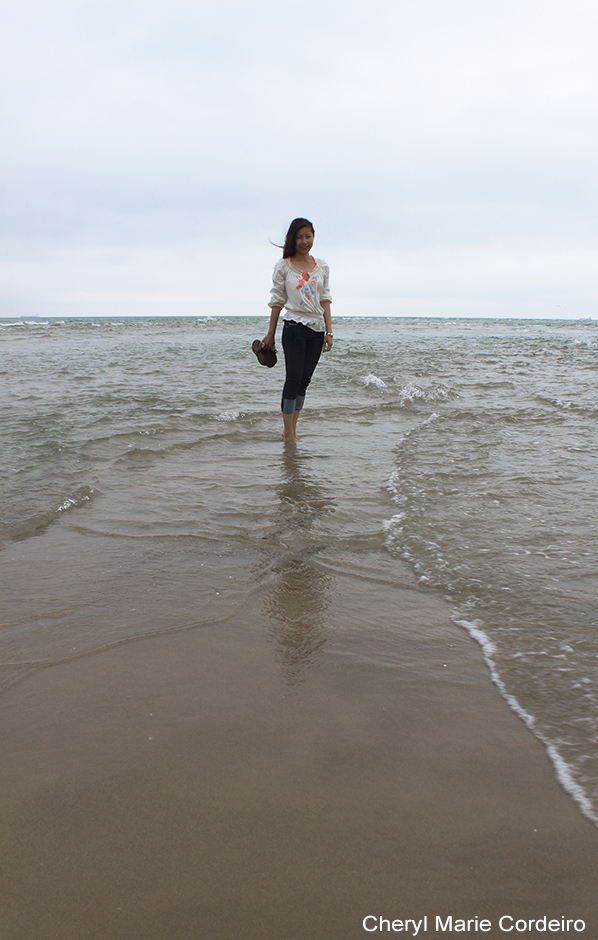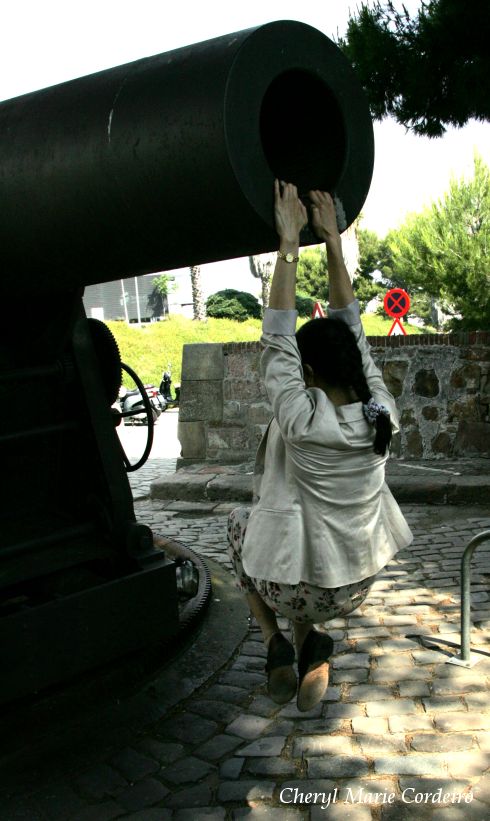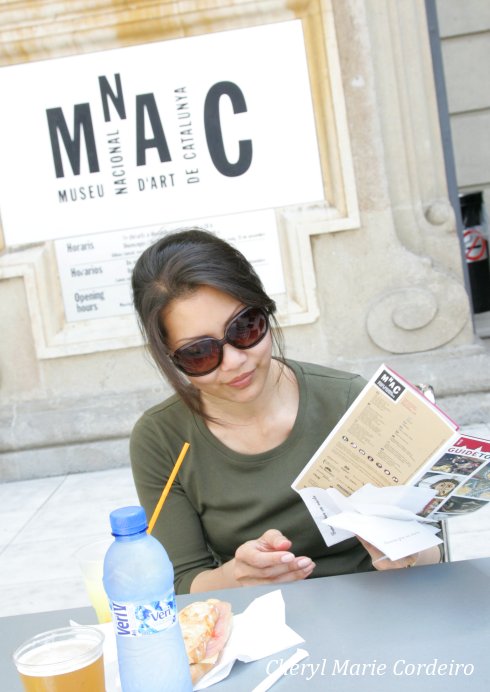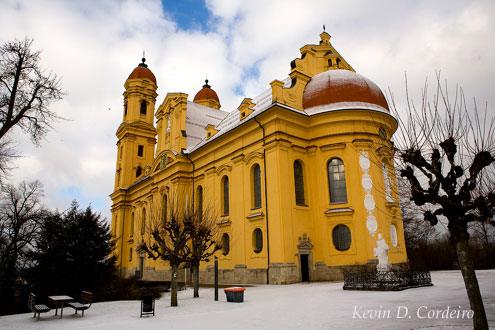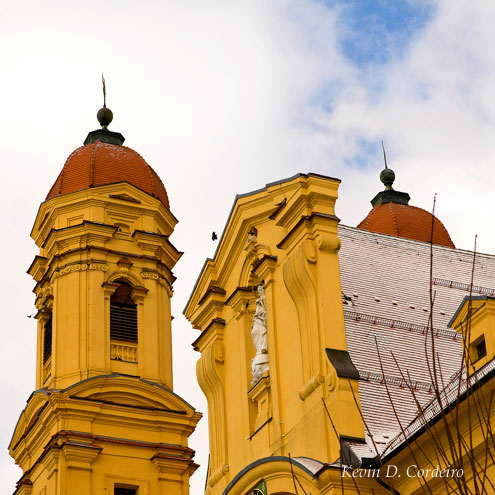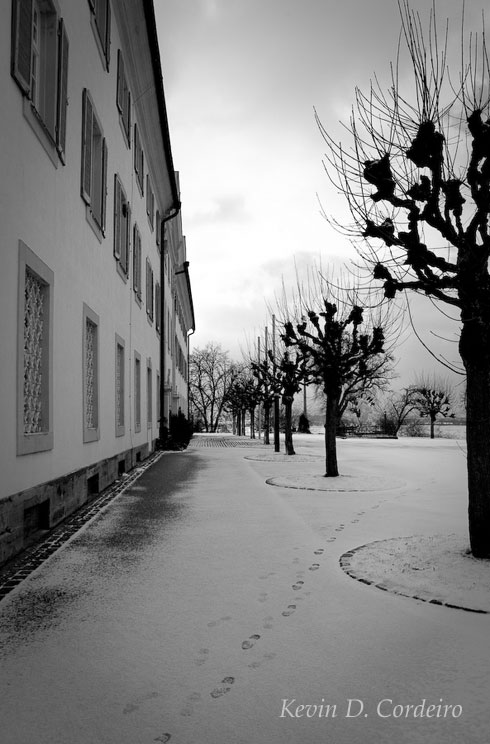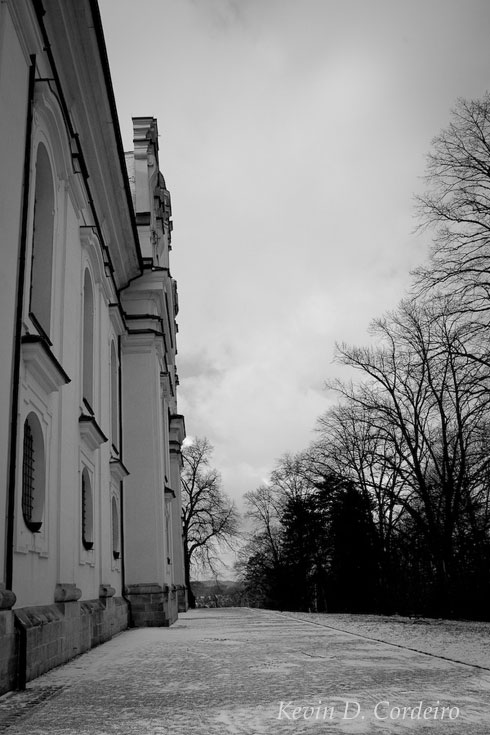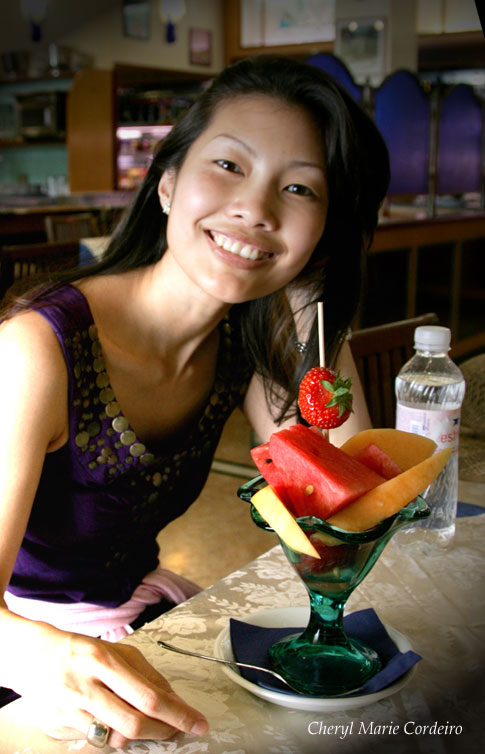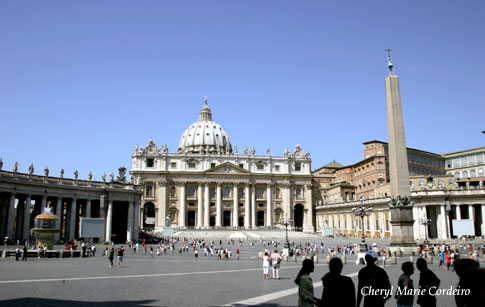The Lamborghini Aventador J (Photo by GT Spirit) at Geneva 2012.
I could die just looking at it.
I cannot wax more lyrical than Sam Smith who wrote in 2011 about his driving experience with what he called a “hellfire sexplosion” of a car that is the Lamborghini Gallardo in his article at Exhaust Notes.
And this year in Geneva 2012, the Lamborghini Aventador J was unveiled.

Lamborghini Aventador J, back.
At 6.5L with 700 horsepower and its V-12 engine untouched from the Aventador LP700-4 – this piece of blinding passion and desire embodied in a deep glowing lava of metal takes creativity in luxury sports cars to completely unchallenged dimensions that makes the future passé.
The Aventador J is a multi-layered construct of contradictions in practicality and design. Open air and without a hard top, the insides of this superfine piece of engineered art is exposed purposefully to all natural elements and an untold number of bugs, as if in challenge to the Gods themselves, since there is also no windshield to its 217-mph top speed. Thus embodied in its very design, the Aventador J literally forces you to live in all out Italian extreme – all or nothing!
As a metaphor for good leadership, I was once told, “It isn’t enough that you own a Lamborghini. You need to know how to drive it!”, the thoughts resonating with Lamboghini’s own “Every weapon needs a Master!”
Indeed.


